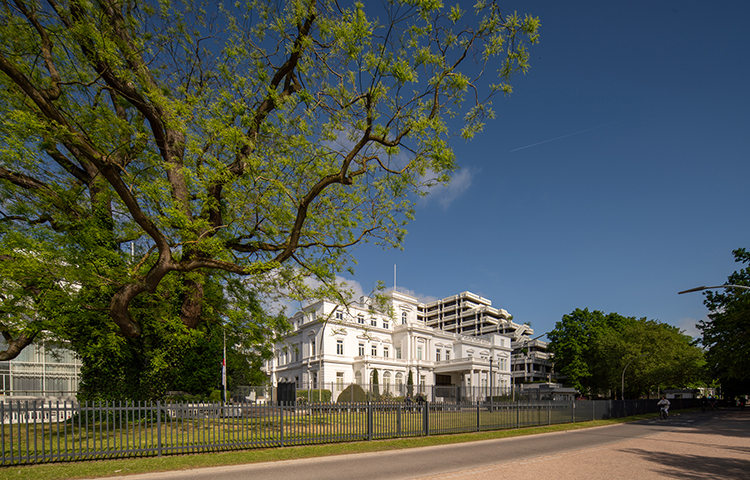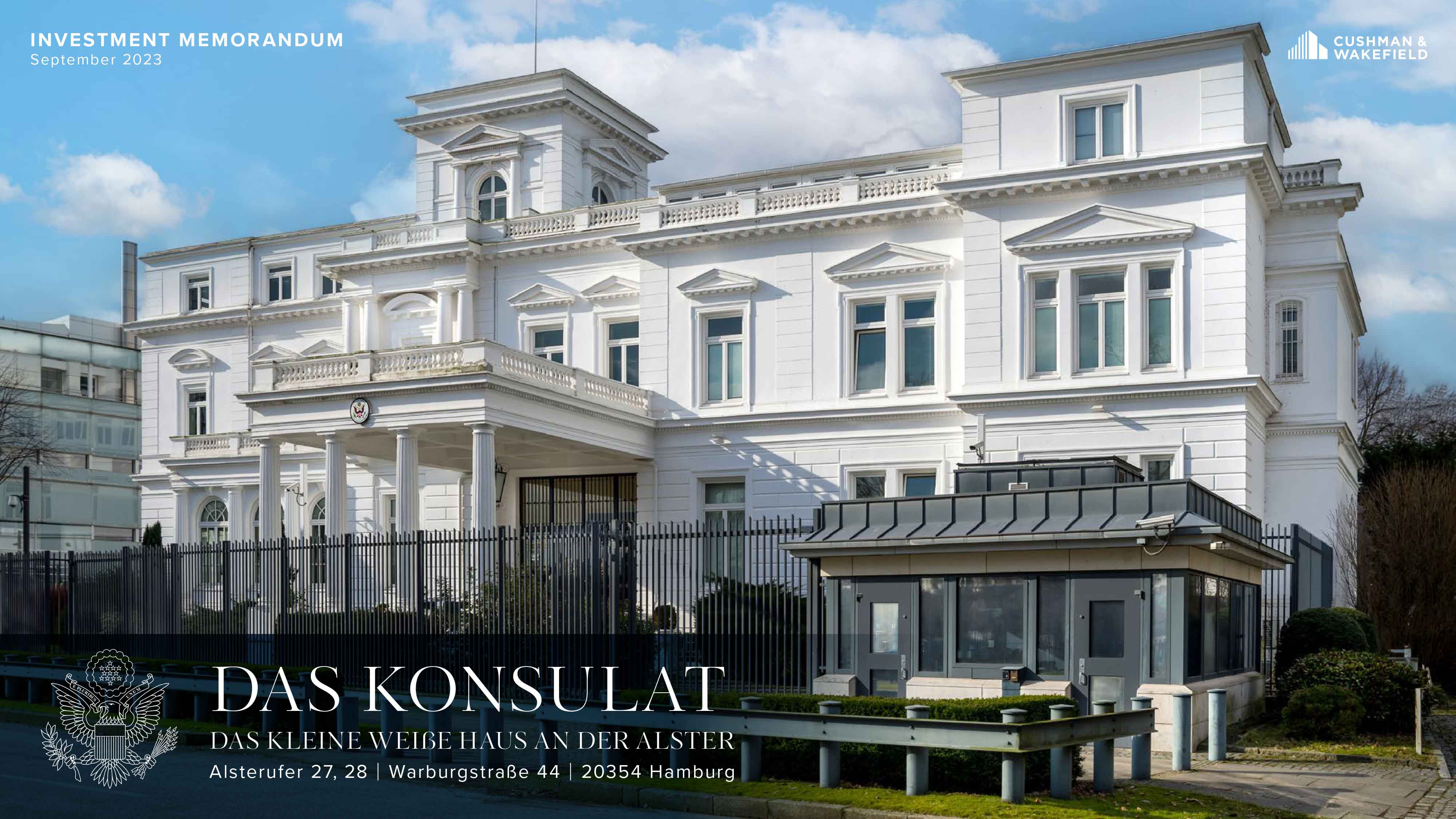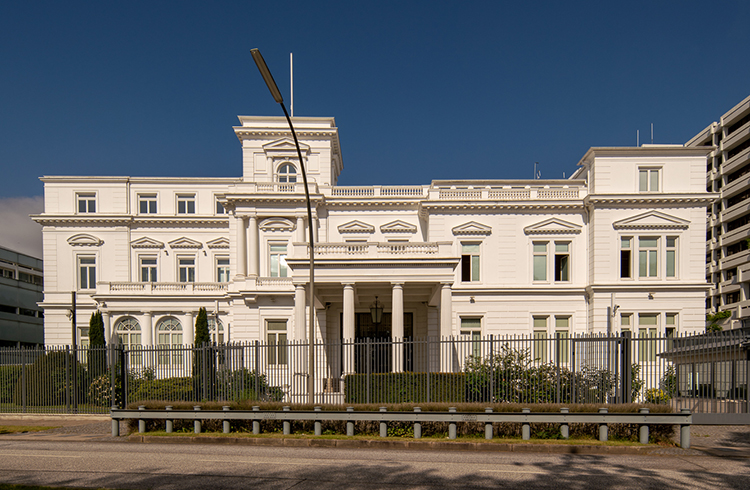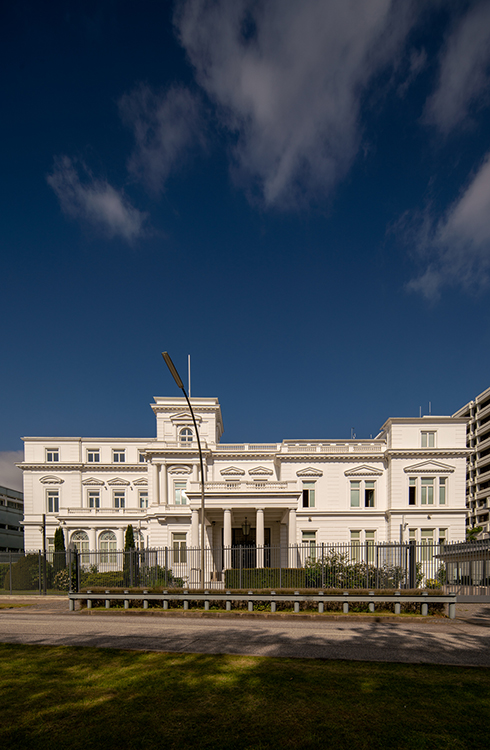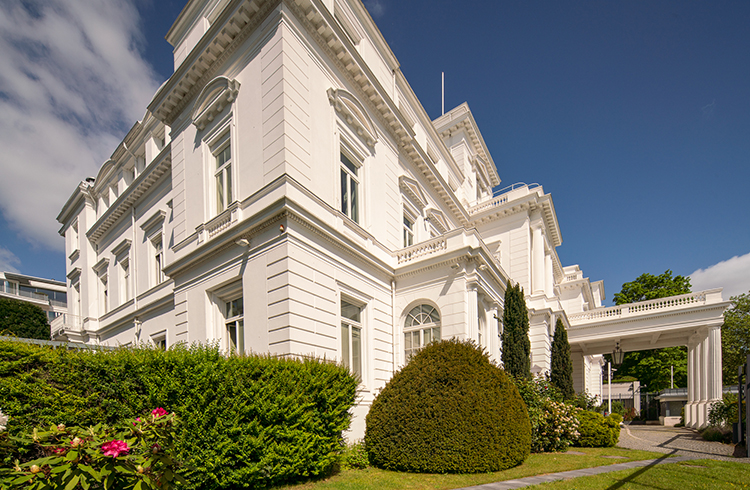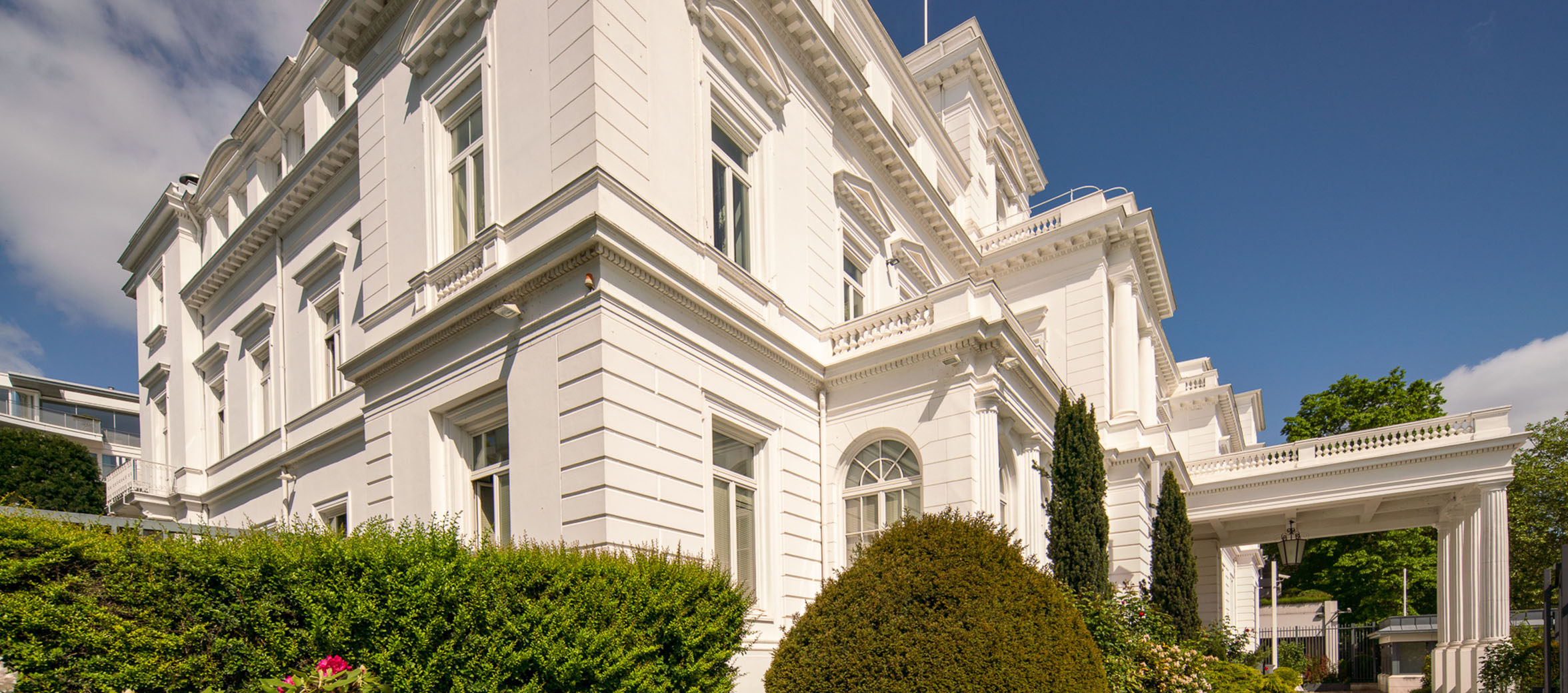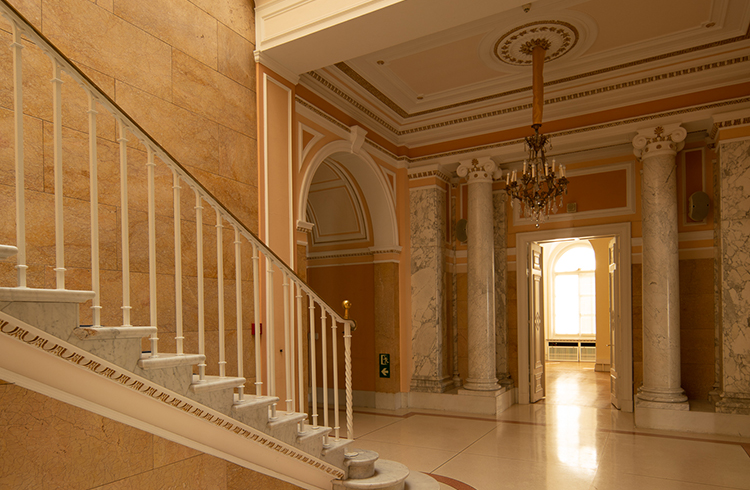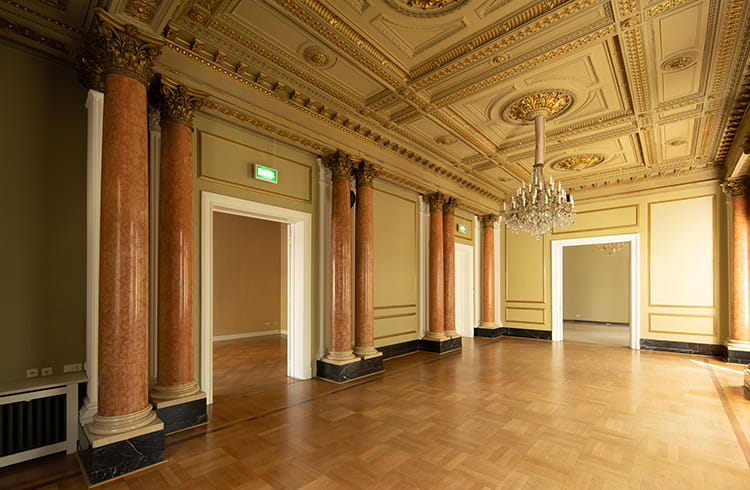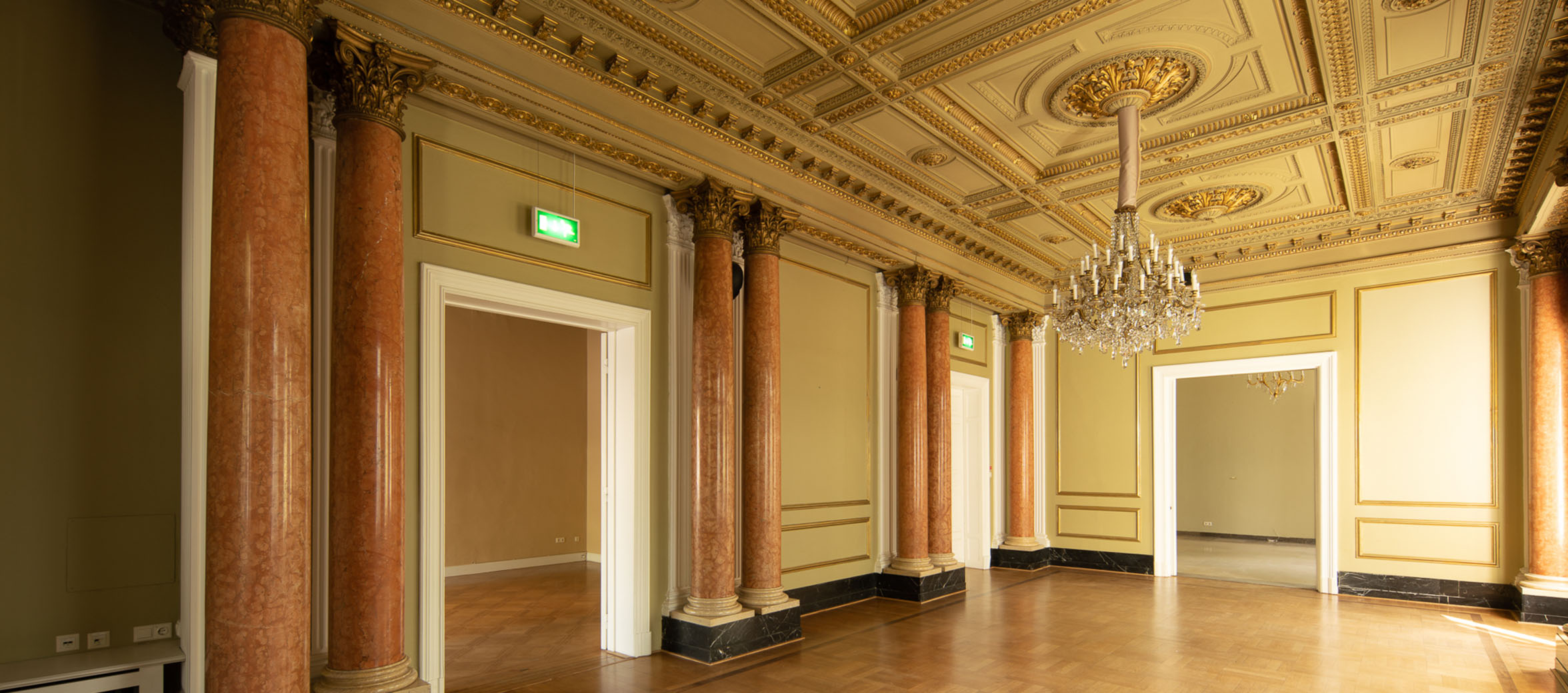The effects of the interest rate turnaround are still being felt in the second half of the year. Many risk-averse investors are realigning their strategy and are increasingly looking at government bonds or fixed-term deposit accounts. Demand in the real estate market has declined accordingly – especially for core properties. The majority of office transactions so far this year have been for smaller properties as well as value-add and core+ properties.
And that is no surprise: In a situation like this, it is often the special properties that become the focus of attention. Those with special potential and unique selling points. Listed monument office properties are definitely included in this category. They are unique, providing value stability, are architecturally prestigious and usually located in high-visibility prime locations, as well as offering tax advantages.
Why is it worth investing in a listed property right now? Which investors are they particularly appealing to? What are the expected returns? And what are the challenges associated with such an investment? Niklas Hensiek, EMEA Capital Markets, takes a deeper look and currently has a very specific property in mind.

